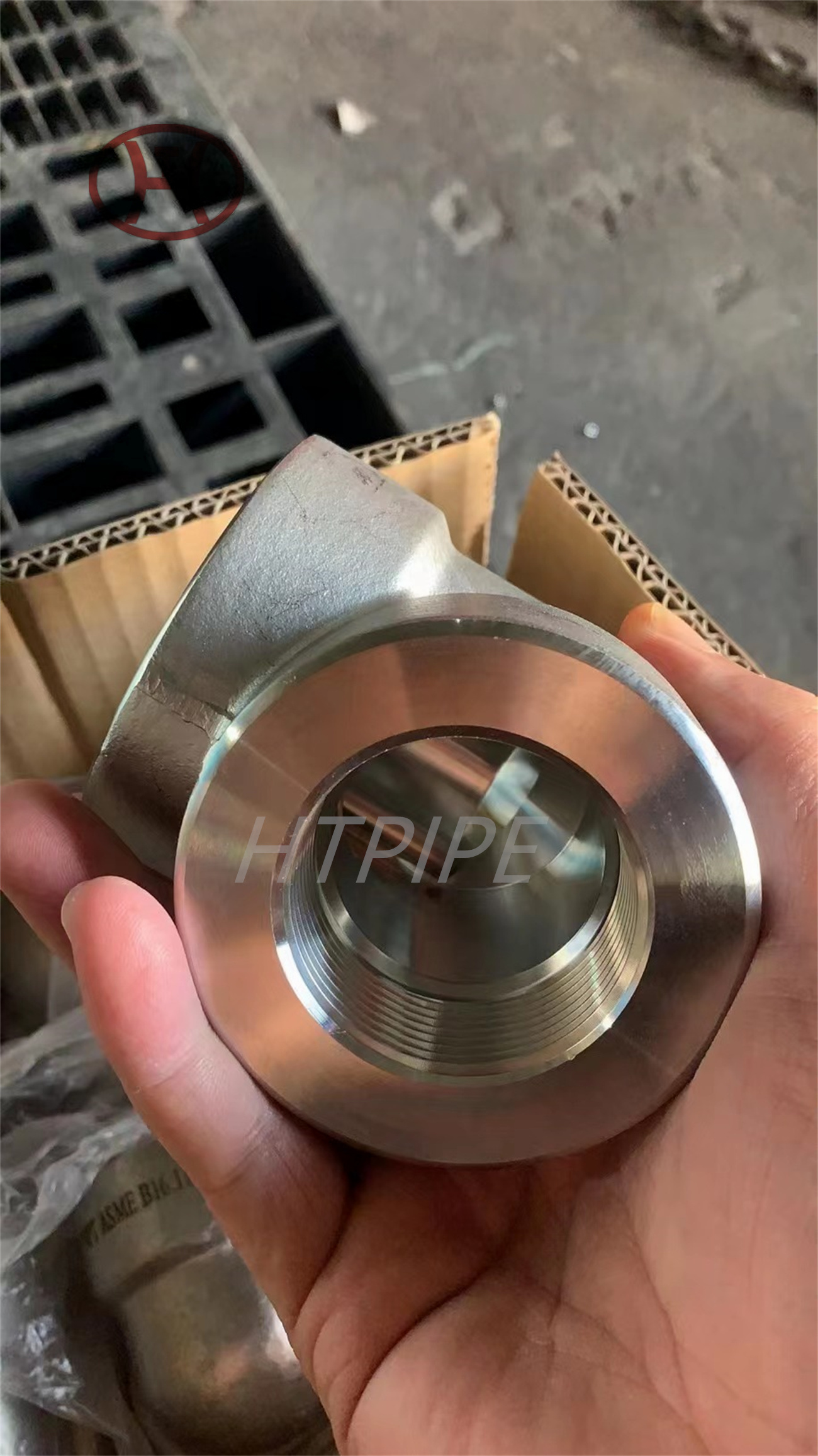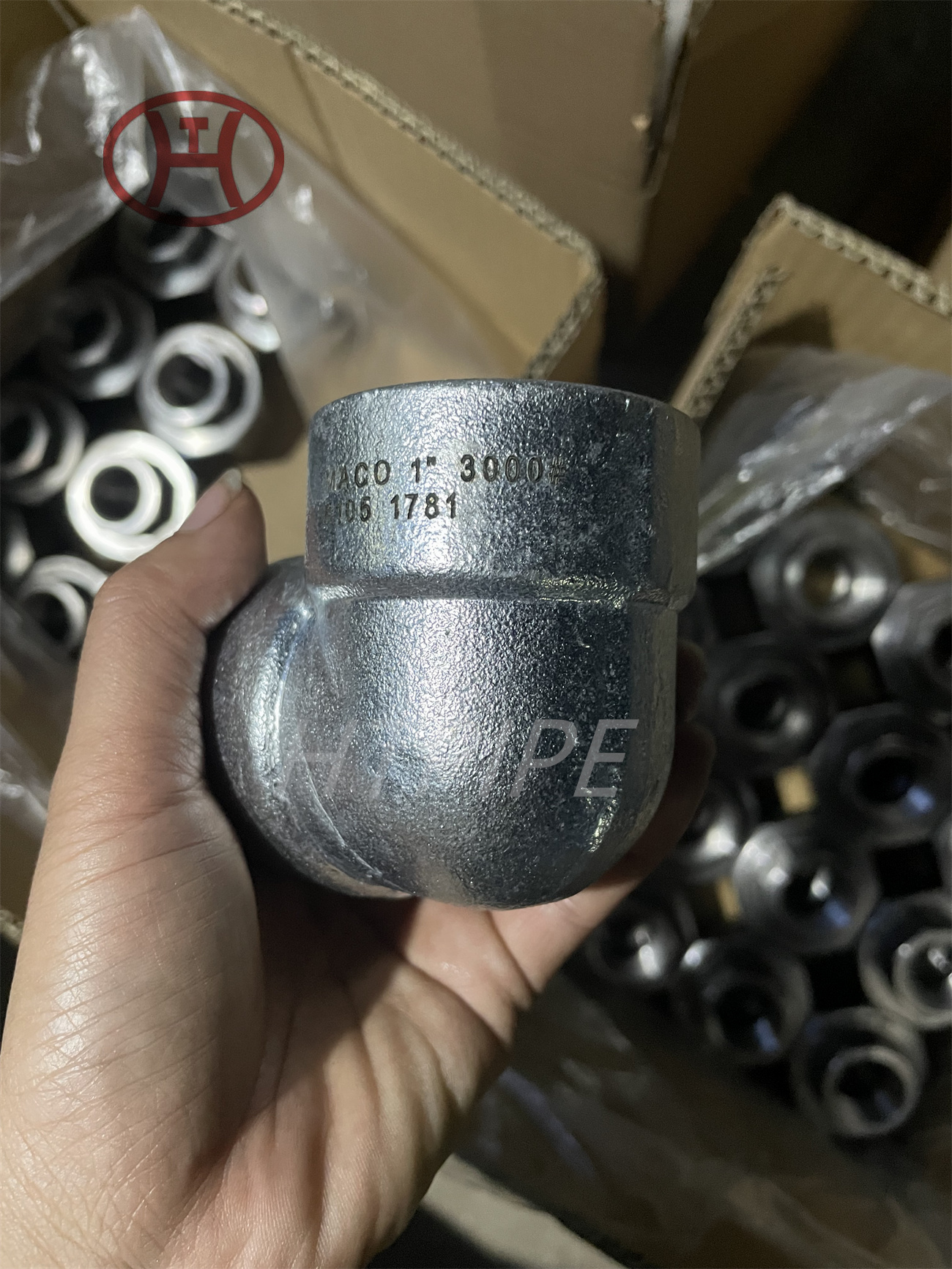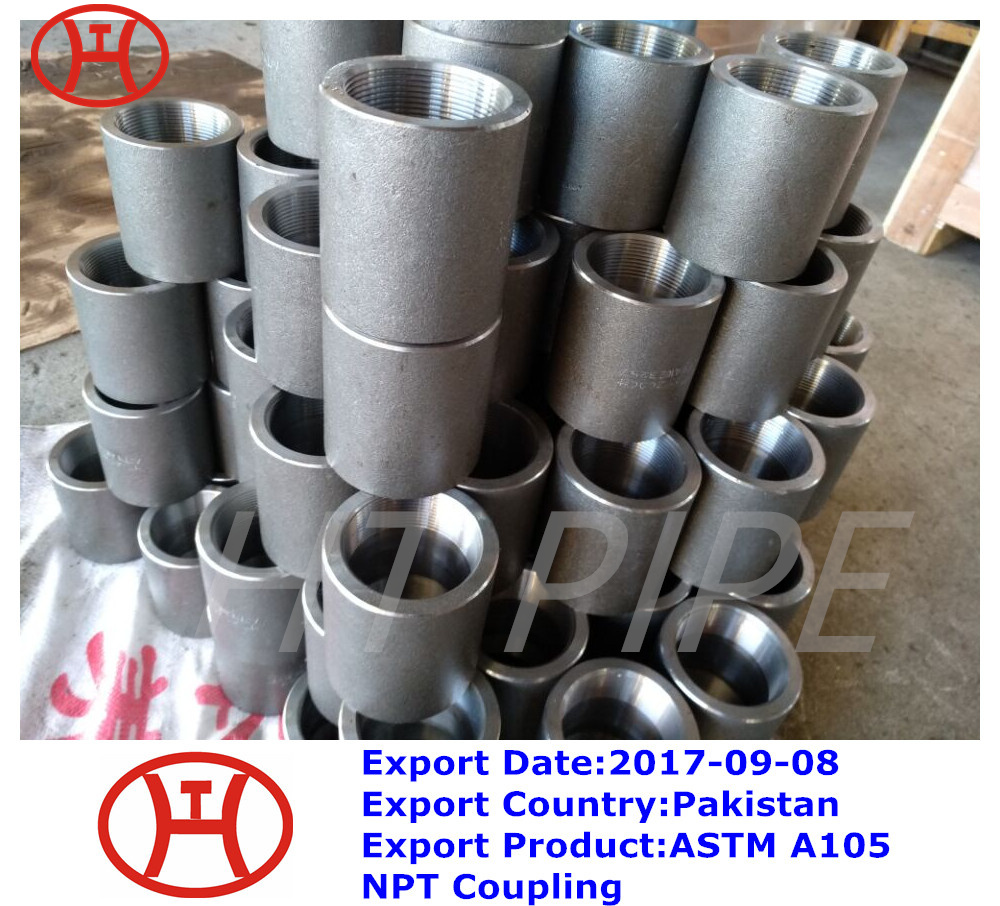
(영어)
Untranslated
-
 영어
영어 -
 아라비아 말
아라비아 말 -
 불가리아 사람
불가리아 사람 -
 중국어 (단순화)
중국어 (단순화) -
 중국어 (전통)
중국어 (전통) -
 크로아티아
크로아티아 -
 체코 사람
체코 사람 -
 덴마크 말
덴마크 말 -
 네덜란드 사람
네덜란드 사람 -
 핀란드
핀란드 -
 프랑스 국민
프랑스 국민 -
 독일 사람
독일 사람 -
 그리스 사람
그리스 사람 -
 힌디 어
힌디 어 -
 이탈리아 사람
이탈리아 사람 -
 일본어
일본어 -
 한국인
한국인 -
 노르웨이 인
노르웨이 인 -
 광택
광택 -
 포르투갈 인
포르투갈 인 -
 루마니아 사람
루마니아 사람 -
 러시아인
러시아인 -
 스페인 사람
스페인 사람 -
 스웨덴어
스웨덴어 -
 카탈로니아 사람
카탈로니아 사람 -
 필리핀
필리핀 -
 헤브라이 사람
헤브라이 사람 -
 인도네시아 인
인도네시아 인 -
 라트비아 사람
라트비아 사람 -
 리투아니아 사람
리투아니아 사람 -
 세르비아 사람
세르비아 사람 -
 슬로바키아 사람
슬로바키아 사람 -
 슬로베니아
슬로베니아 -
 우크라이나 말
우크라이나 말 -
 베트남 사람
베트남 사람 -
 알바니아
알바니아 -
 에스토니아 사람
에스토니아 사람 -
 갈리시아어
갈리시아어 -
 헝가리 인
헝가리 인 -
 몰티즈
몰티즈 -
 태국
태국 -
 터키
터키 -
 페르시아 인
페르시아 인 -
 아프리카 어
아프리카 어 -
 말레이 사람
말레이 사람 -
 스와 할리
스와 할리 -
 아일랜드
아일랜드 -
 웨일스 말
웨일스 말 -
 벨로루시
벨로루시 -
 아이슬란드
아이슬란드 -
 마케도니아 어
마케도니아 어 -
 이디시어
이디시어 -
 아르메니아 사람
아르메니아 사람 -
 아제르바이잔
아제르바이잔 -
 바스크 사람
바스크 사람 -
 그루지야 사람
그루지야 사람 -
 아이티 크리올
아이티 크리올 -
 우르두어
우르두어 -
 벵골 사람
벵골 사람 -
 보스니아 인
보스니아 인 -
 세부 노
세부 노 -
 에스페란토 말
에스페란토 말 -
 구자라트
구자라트 -
 하우사
하우사 -
 몽족
몽족 -
 Igbo
Igbo -
 자바어
자바어 -
 칸나다어
칸나다어 -
 크메르
크메르 -
 라오
라오 -
 라틴어
라틴어 -
 마오리족
마오리족 -
 마라 티
마라 티 -
 몽고 어
몽고 어 -
 네팔
네팔 -
 펀 자브
펀 자브 -
 소말리아
소말리아 -
 타밀 사람
타밀 사람 -
 텔루구 어
텔루구 어 -
 요 루바
요 루바 -
 줄루 족
줄루 족 -
 미얀마 (버마어)
미얀마 (버마어) -
 Chichewa
Chichewa -
 카자흐
카자흐 -
 마다가스카르 사람
마다가스카르 사람 -
 말라 얄 람어
말라 얄 람어 -
 신 할라
신 할라 -
 세소 토
세소 토 -
 수단 인
수단 인 -
 태조
태조 -
 우즈벡
우즈벡 -
 암하라
암하라 -
 코르시칸
코르시칸 -
 하와이
하와이 -
 쿠르드 (Kurdish) (쿠르 만지)
쿠르드 (Kurdish) (쿠르 만지) -
 키르기즈
키르기즈 -
 룩셈부르크
룩셈부르크 -
 파슈토
파슈토 -
 사모아
사모아 -
 스코틀랜드 게 일어
스코틀랜드 게 일어 -
 쇼나
쇼나 -
 신디
신디 -
 프리 시안
프리 시안 -
 Xhosa
Xhosa
More Language
































